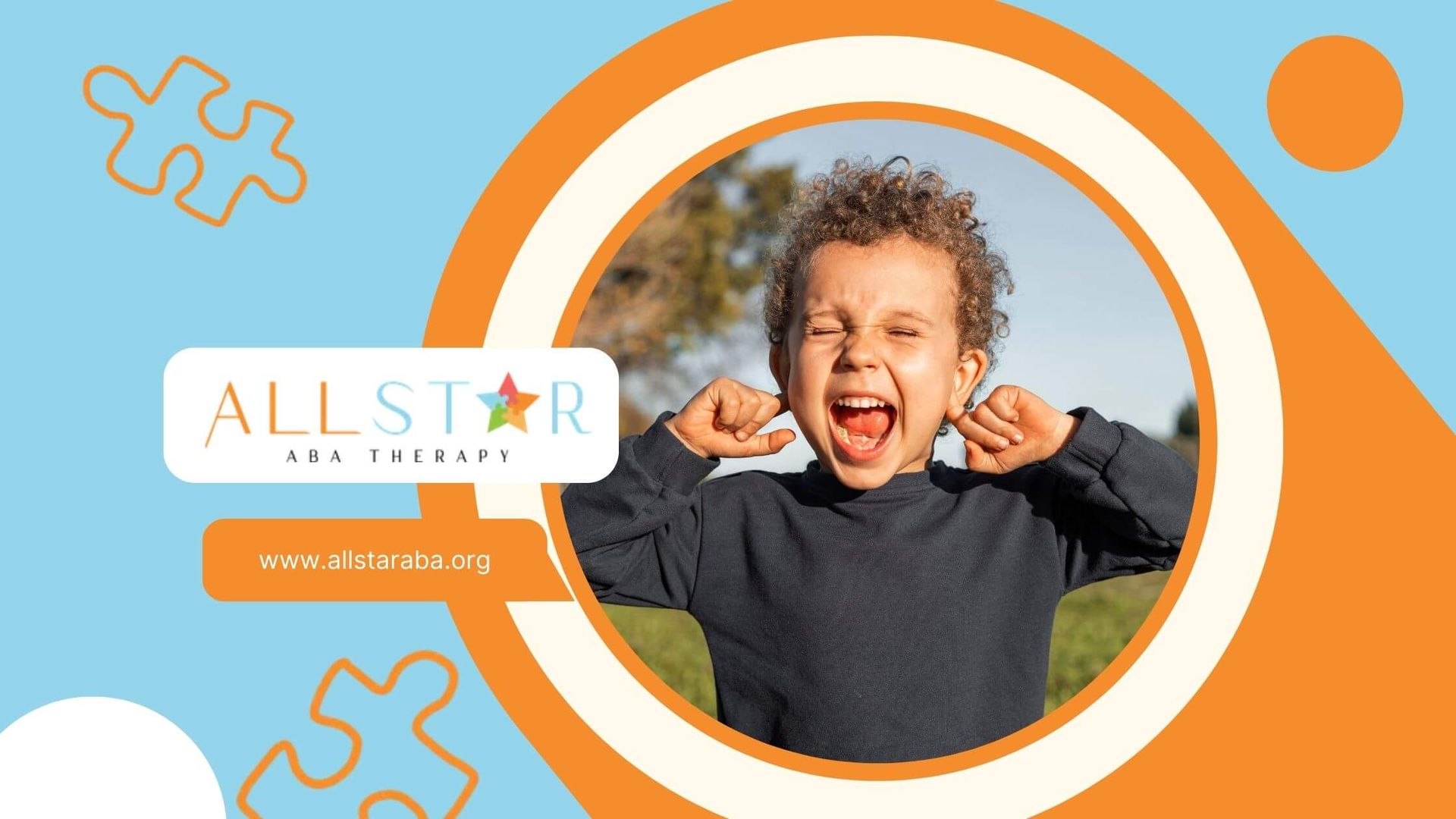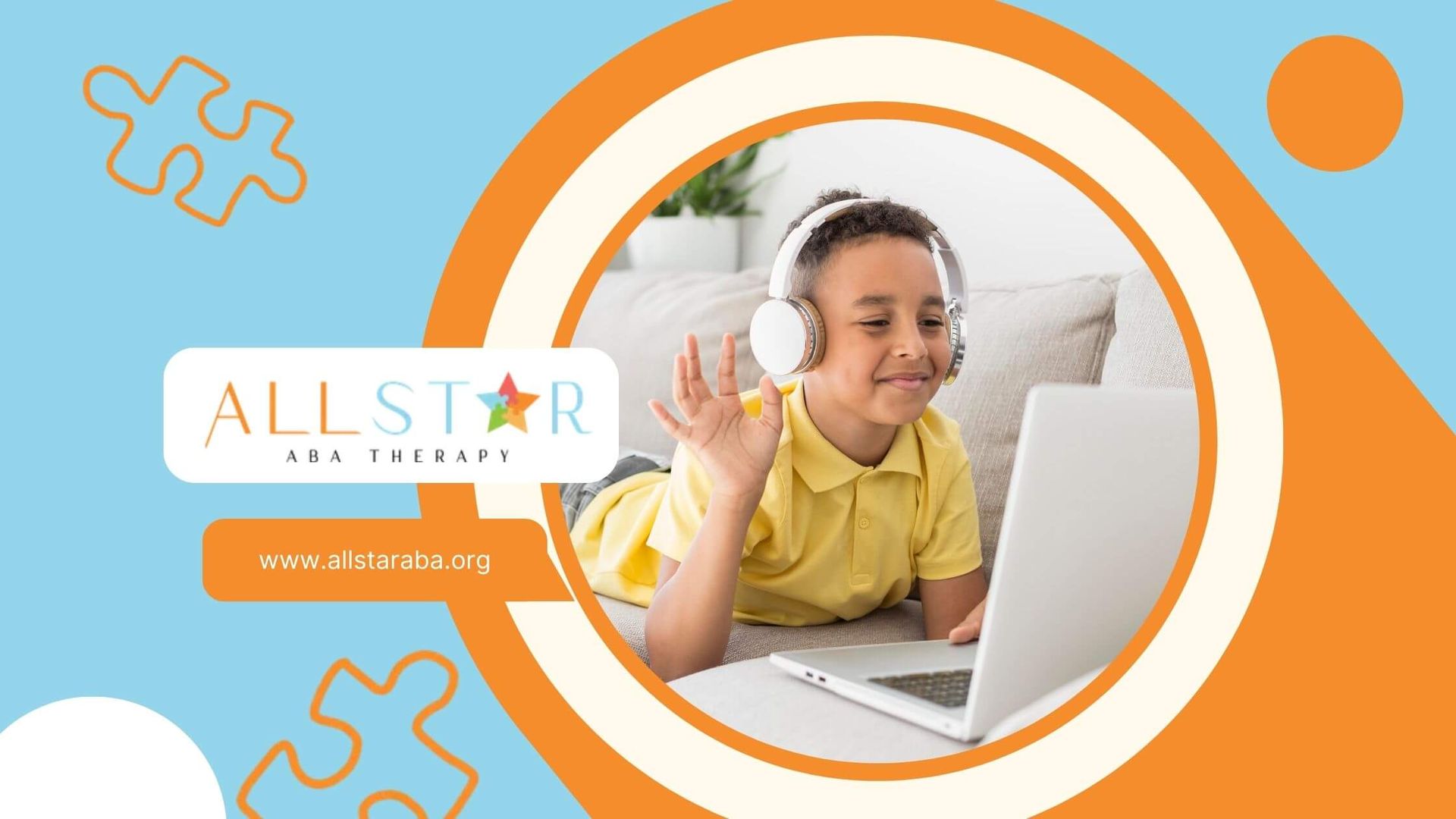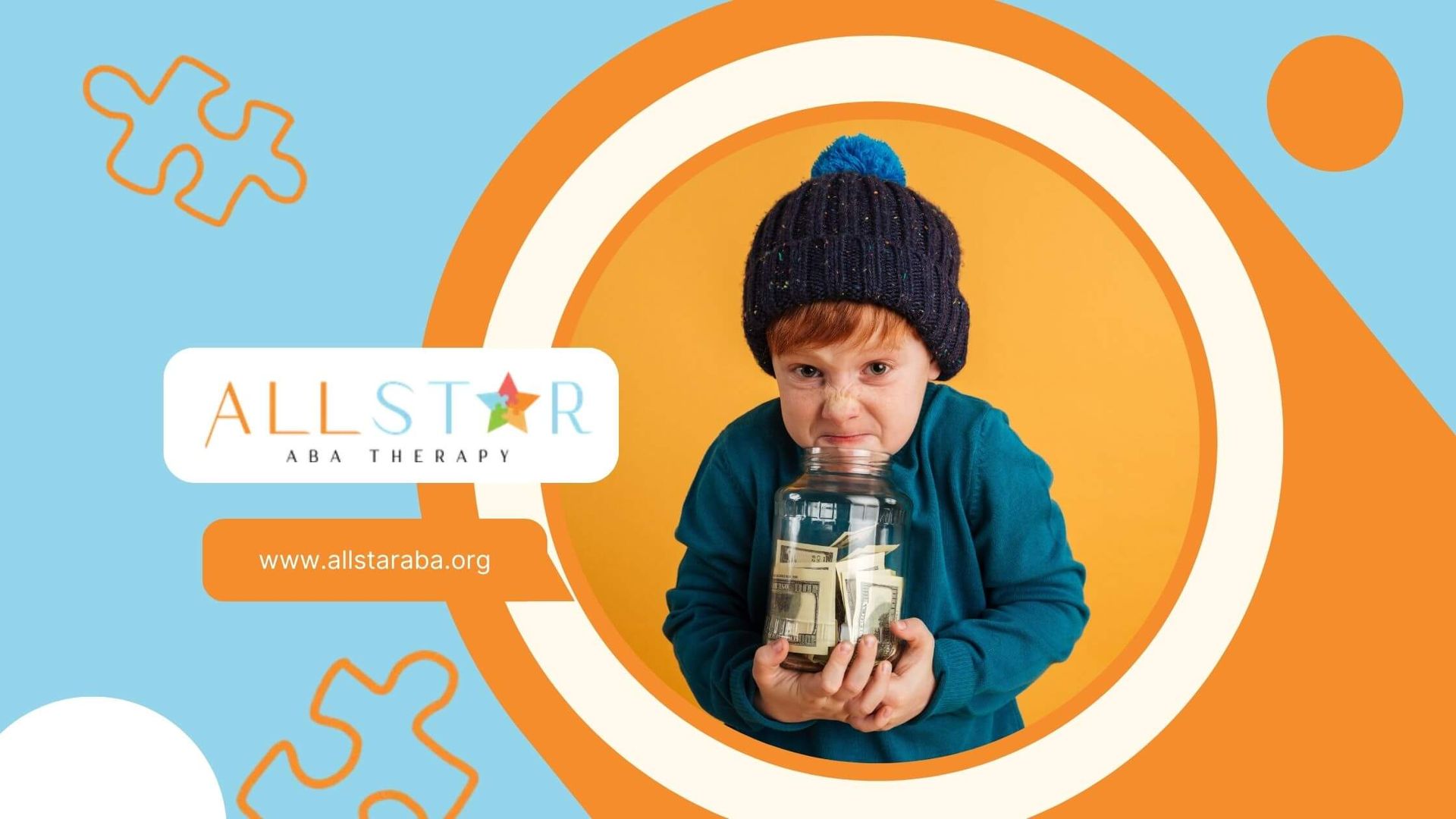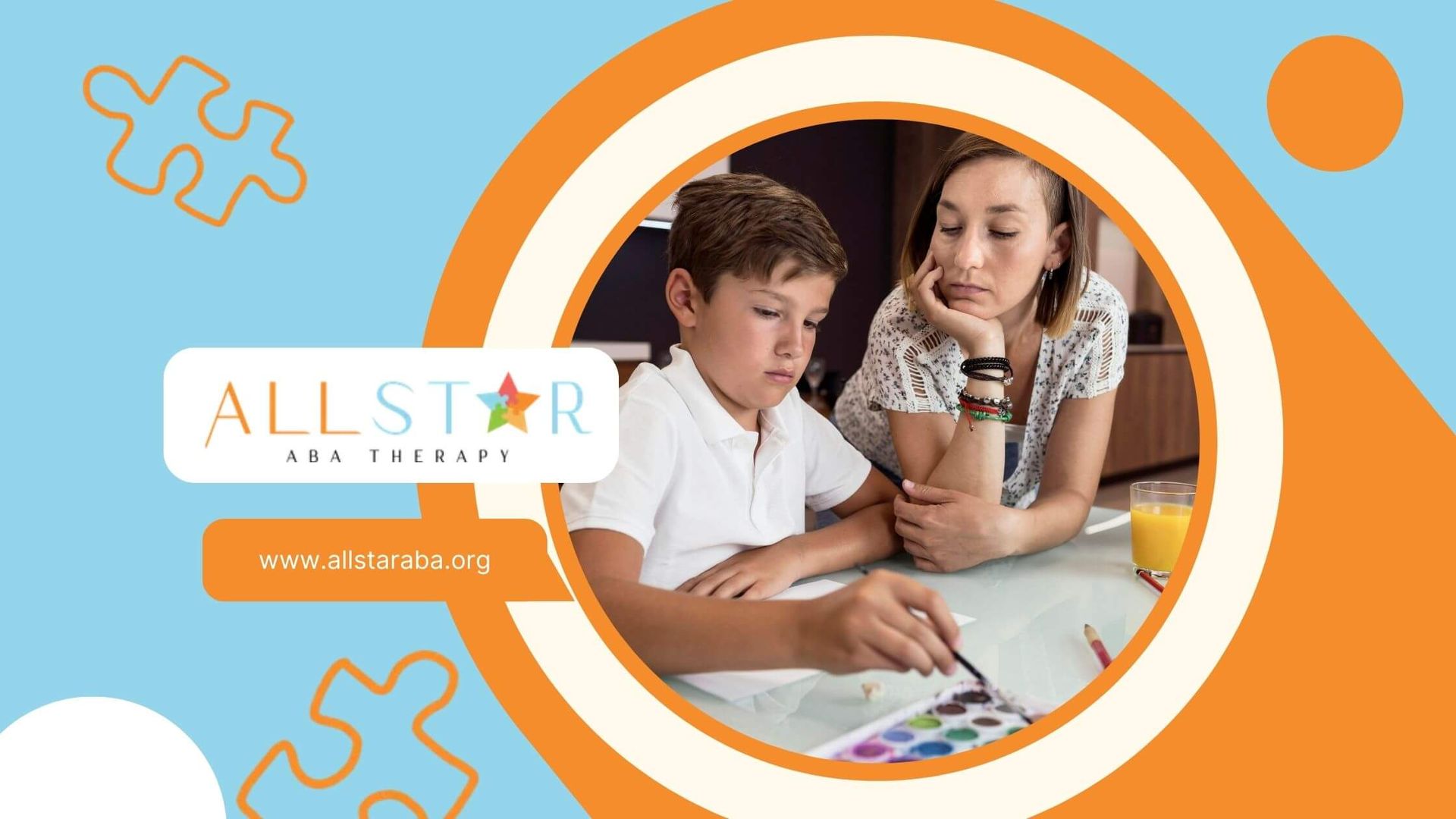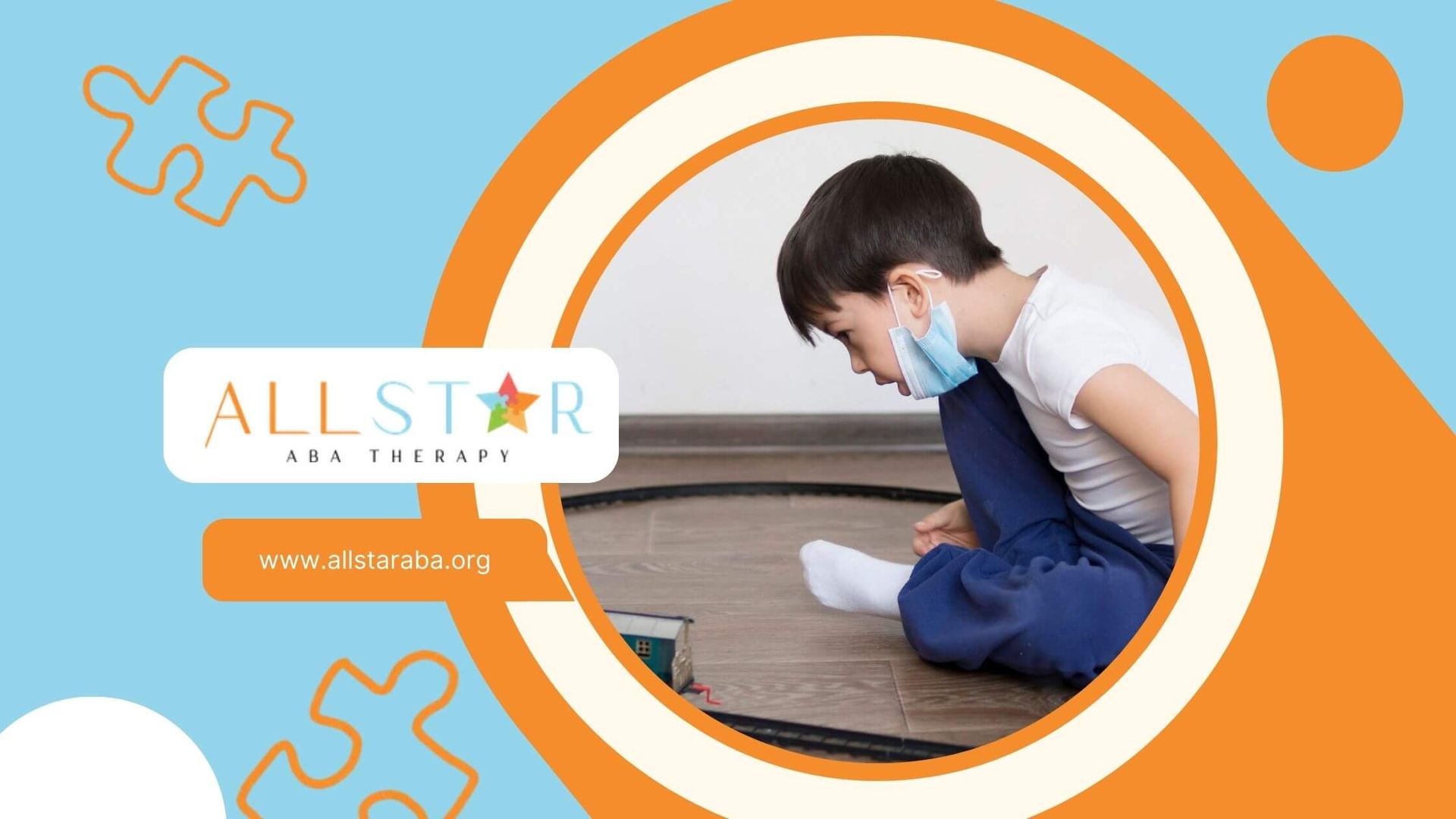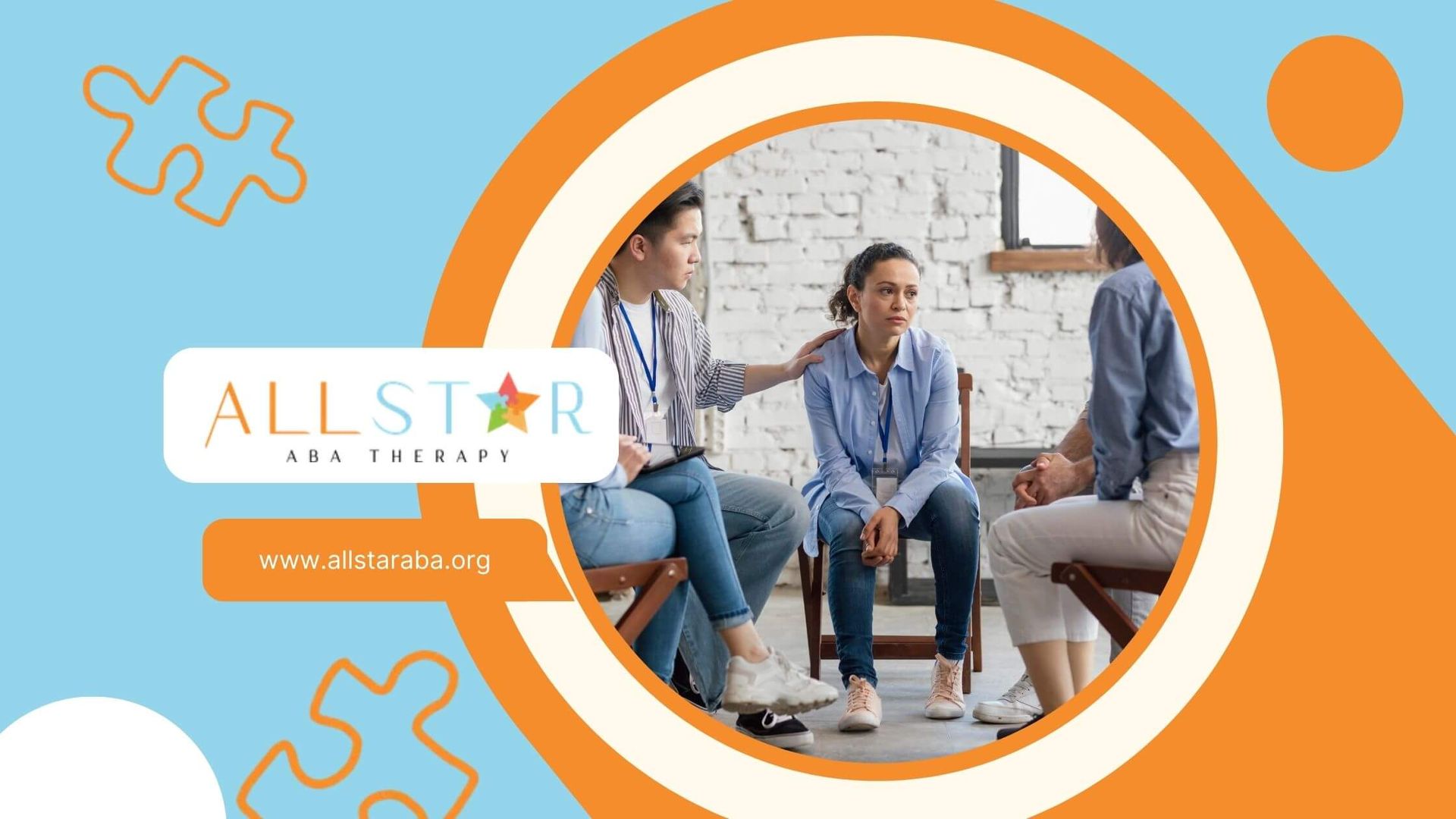New Paragraph
Effective Strategies: Smart Goals for Students with Autism
Setting the right goals is fundamental to a successful educational journey. Using a SMART goal framework helps create clear, effective objectives tailored to a student's unique needs. This approach transforms broad ambitions into actionable steps, paving the way for meaningful achievement and growth in academics, social skills, and everyday life. Let’s explore how to create powerful goals for your student.
Understanding SMART Goals for Students with Autism
When supporting students on the autism spectrum, the SMART goal framework is an essential tool. It provides a structured method for creating goals that are clear and effective, ensuring they are customized to the unique needs of each learner. This is particularly important for Individualized Education Program (IEP) goals, where clarity and measurability are key.
Using this framework helps reduce confusion and anxiety for students by providing predictable and understandable targets. When setting a SMART goal, you should always consider the student's current abilities and what is most relevant to their personal and educational growth. This ensures that the goals are both challenging and empowering.
What Makes a Goal SMART?
Creating a SMART goal for a child with autism involves breaking down an objective into five distinct parts. This structure transforms a general wish into an actionable plan, making it one of the most effective strategies for tracking progress. Have you ever wondered what each letter in SMART stands for?
Each component plays a vital role in crafting goals that address specific needs and lead to success. A well-defined goal gives everyone involved—students, parents, and educators—a clear understanding of the target.
Here’s a breakdown of the SMART acronym:
- Specific: The goal is clear and defines exactly what you want the student to accomplish.
- Measurable: The goal includes criteria to track progress and measure the outcome.
- Attainable: The goal is realistic and achievable based on the student's current abilities.
- Relevant: The goal is meaningful and aligns with the student's broader educational and life objectives.
- Time-bound: The goal has a specific deadline or timeframe for completion.
Why SMART Goals Matter for Autistic Learners
So, why are SMART goals so important for students on the autism spectrum? These goals provide much-needed clarity and direction. For autistic learners who may thrive on structure and predictability, a vague goal can be confusing or overwhelming. The specific nature of a SMART goal removes ambiguity, helping the student understand exactly what is expected of them.
Furthermore, the measurable aspect allows for objective progress tracking. This data is invaluable for educators and therapists to see if an intervention is working and to make necessary adjustments. It also gives the student a tangible way to see their own success, which can be a powerful motivator and confidence booster.
Ultimately, this framework ensures that goals are tailored to the unique needs of each student. By focusing on attainable and relevant objectives, you create a positive learning experience that respects the student's individual needs and fosters a sense of accomplishment, reducing anxiety and promoting personal growth.
Key Considerations When Setting SMART Goals
Setting an effective SMART goal requires more than just following the acronym. It's crucial to approach the process with a deep understanding of the student's individual needs. This means looking beyond a diagnosis and seeing the person, with all their unique strengths and challenges.
Success is also built on a collaborative effort. The most impactful goals are developed when parents, teachers, and therapists work together as a team. This ensures that goals are comprehensive and supported across all environments. Let's look closer at how to personalize these goals effectively.
Recognizing Individual Strengths and Challenges
Every student is different, and this is especially true for learners with autism. To set meaningful goals, you must first recognize the student's unique profile of strengths and challenges. What are they passionate about? What skills do they already possess? Acknowledging their strengths can be a powerful foundation for building new abilities.
Simultaneously, it's important to identify key areas of development where the student needs support. These may fall under academics, social interaction, communication, or independence. By understanding these specific areas, you can create goals that are highly relevant and targeted, addressing the individual needs of the student.
This personalized approach ensures that goals are not just generic objectives but are tailored to help the student grow in ways that matter most to them. This focus on unique needs makes the entire process more engaging and increases the likelihood of success.
Collaborating with Parents, Teachers, and Therapists
Goal setting should never happen in a vacuum. A strong collaborative effort is essential for creating a comprehensive and effective plan. The IEP team, which includes parents, teachers, and specialists like occupational therapists, brings different perspectives and expertise to the table.
Each member of the team plays a vital role. This partnership ensures that goals are not only aligned with the curriculum but also functional and relevant to the student's life outside of school.
Here’s how each member contributes:
- Parents: You provide invaluable insight into your child's behaviors, interests, and daily routines at home.
- Teachers: They understand the classroom environment and curriculum, identifying academic and social needs within that setting.
- Therapists: Specialists like speech-language pathologists or occupational therapists bring expertise in specific developmental areas and recommend evidence-based strategies.
Step-by-Step Process to Create SMART Goals for Autism
Now that you understand the "what" and "why," let's move on to the "how." Creating a SMART goal follows a clear step-by-step process. This structured approach helps ensure your goals are well-defined, measurable, and truly effective strategies for supporting a student's growth.
The process begins with identifying a meaningful objective and then breaking it down to fit the SMART criteria. It also involves planning for regular monitoring to track progress and make adjustments as needed. Let's walk through these steps together.
Identifying Specific, Meaningful Objectives
The first step in creating effective strategies is to identify specific and meaningful objectives. What does this mean? It means choosing a goal that will have a real, positive impact on the student's daily life. Instead of focusing on abstract skills, think about functional abilities that will increase their independence and quality of life.
For example, a goal to "improve communication" is too broad. A more meaningful objective might be "use a complete sentence to ask for help when needed." This targets a specific need that empowers the student in various situations.
To find these objectives, consider the student’s specific needs and aspirations. Talk with them, if possible, and collaborate with the entire IEP team. The best goals are those that are not only important for development but also motivating for the student to achieve.
Making Goals Measurable and Trackable
Once you have a specific objective, the next step is to make it measurable. How will you know when the goal has been met? A measurable goal includes specific criteria that allow for clear data collection and progress tracking. This removes subjectivity and provides concrete evidence of a student's growth.
For instance, instead of "will participate more in class," a measurable goal would be "will raise their hand to answer a question at least twice during morning circle time, in 4 out of 5 opportunities." This gives you a clear target to aim for and measure against during regular monitoring.
Effective data collection can involve several methods:
- Checklists: Tracking the completion of steps in a routine.
- Direct Observation: Noting the frequency or duration of a specific behavior.
- Work Samples: Collecting assignments to evaluate academic progress over time.
Academic SMART Goals for Students with Autism
Applying the SMART goal framework to academics is a powerful way to support learning for students with autism. Academic goals should be customized to a student's unique needs, focusing on specific skills that will build a strong foundation for future academic achievement.
Whether the focus is on reading, writing, or math, creating a SMART goal provides a clear and structured path to success. This approach helps break down larger academic challenges into manageable steps. Let's explore some examples of what these goals can look like in practice.
Examples of Reading and Writing Goals
Reading and writing skills are foundational to learning, and SMART goals can target these areas with precision. In individualized education programs, vague goals like "improve reading" are replaced with specific, measurable objectives. For example, a goal might focus on vocabulary, comprehension, or the ability to form complete sentences.
These goals are designed to build skills incrementally. A writing goal can start with forming single sentences and gradually progress to writing full paragraphs. This ensures the student experiences success along the way, which builds confidence in their writing skills.
Here are some examples of academic goals you might find in an IEP:
| Goal Area | Example SMART Goal |
|---|---|
| Reading | Palmer will correctly define 80% of 12 unfamiliar words from a grade-level book, as measured in 2 out of 3 probes over the semester. |
| Writing | By the end of the grading period, Kay will independently write a complete sentence with correct capitalization and punctuation in 4 out of 5 opportunities. |
Supporting Math and Problem-Solving Skills
Just like with literacy, SMART goals can effectively support the development of math skills and problem-solving abilities. These goals break down complex mathematical concepts into achievable steps, helping students build confidence and competence. The focus should be on skills that are both academic and functional for daily life.
For instance, a goal could target basic computation, money management, or multi-step problem-solving. By making these goals measurable, you can easily track a student's progress and identify where they might need extra support, contributing to their overall academic achievement.
Here are a few examples of math-related SMART goals:
- By the end of the academic year, Jo will solve 10 single-digit addition problems with 80% accuracy during monthly quizzes.
- Within six months, the student will correctly identify coins (penny, nickel, dime, quarter) and use them to make a purchase under $1 with 90% accuracy.
Social Skills SMART Goals for Autistic Students
Developing social skills is a critical area of focus for many autistic students. Navigating social cues, building peer relationships, and improving communication skills can be challenging. Using the SMART goal framework helps create targeted, practical objectives to support growth in this area.
These goals can transform abstract social concepts into concrete actions that a student can practice and master. By focusing on specific behaviors, you provide a clear roadmap for improving social interactions in the classroom and beyond. Let's look at some examples.
Building Communication and Peer Interaction
Improving communication skills and fostering positive peer relationships are often top priorities. SMART goals can target specific aspects of social interactions, such as initiating conversations, taking turns, or understanding nonverbal social cues. These goals should be practiced in structured and natural settings to help the student generalize the skills.
For example, a goal could focus on a particular part of a conversation, like asking a relevant question, or on a nonverbal skill like making eye contact. The key is to break down the complexity of social communication into smaller, manageable parts.
Here are some examples of goals for communication and peer interaction:
- During a 15-minute structured play activity, the student will initiate a social interaction with a peer (e.g., by offering a toy or asking "Can I play?") on two separate occasions per session, achieving this in 3 out of 4 sessions.
- By the end of the semester, the student will use appropriate eye contact during conversations with a familiar adult for at least 5 seconds in 4 out of 5 opportunities.
Encouraging Cooperative Classroom Behaviors
The classroom is a key environment for learning cooperative behavior. Good classroom SMART goals focus on skills that help students participate successfully in group activities and follow classroom routines. These objectives promote a sense of belonging and help the student become an active member of the classroom community.
Goals might target skills like sharing materials, waiting for one's turn, or contributing to a group project. By making these goals specific and measurable, you can provide clear expectations and positive reinforcement for demonstrating desired classroom skills.
For example, a goal could be: "During group activities, the student will share materials with a peer without prompting in 3 out of 4 opportunities, monitored weekly." This goal is specific, measurable, and directly related to a cooperative classroom skill. Another goal might be: "By the end of the month, the student will follow the three-step morning classroom routine with only one verbal prompt on 4 out of 5 school days."
Self-Help and Independence SMART Goals
Fostering independence is one of the most empowering things you can do for a student with autism. SMART goals are an excellent tool for teaching self-help and daily living skills. These life skills, from personal hygiene to managing routines, are the building blocks of greater independence.
By setting clear and attainable goals in these areas, you help students build confidence and reduce their reliance on caregivers. This not only improves their quality of life but also prepares them for the future. Let’s explore some specific goals for self-help and self-regulation.
Fostering Daily Living Skills
Mastering daily living skills is fundamental for every child's development. For students with autism, breaking these tasks down into manageable steps using SMART goals can make a huge difference. These goals often focus on daily routines, such as getting dressed, brushing teeth, or preparing a simple snack.
The objective is to build competence in personal hygiene and other daily living tasks so they become second nature. For example, a goal could focus on independently completing a morning routine before school. Visual supports, like a picture schedule, can be a great strategy to help students follow these routines.
A specific goal could be: “By the end of the school year, the student will independently follow their 4-step visual morning routine (get dressed, eat breakfast, brush teeth, pack backpack) on 4 out of 5 school days with minimal prompts.” This creates a clear path to independence.
Promoting Self-Regulation and Emotional Control
Developing self-regulation and emotional control is crucial for greater independence. Many autistic students face challenges with managing emotions or dealing with sensory needs. SMART goals can help them learn and practice specific strategies to cope with frustration, anxiety, or sensory overload.
These goals often involve teaching the student to recognize their feelings and use a calming technique or communicate their needs. For example, a goal might focus on teaching a student to ask for a break when they feel overwhelmed. This empowers them to manage their own emotional state.
Here are a few examples of self-regulation goals:
- Over three months, the student will independently use a deep breathing technique to manage frustration in 2 out of 3 observed instances of becoming upset.
- Within the academic year, the student will use a predetermined communication card to request a break from a non-preferred activity when feeling overwhelmed, achieving this independently in 4 out of 5 opportunities.
Strategies for Implementing SMART Goals in IEPs
Individualized Education Programs (IEPs) are the cornerstone of special education, and SMART goals are what give them power and precision. Integrating the SMART framework into IEP goals ensures that the plan is tailored to the individual needs of the student and that progress is clearly demonstrable.
This process requires careful planning and a commitment to ongoing evaluation. As a student grows and their needs change, the IEP team must be ready to make necessary adjustments to the goals. Let’s examine how to seamlessly integrate these goals into the IEP process.
Integrating SMART Goals into the IEP Process
The Individuals with Disabilities Education Act (IDEA) mandates that individualized education programs include measurable annual goals. SMART IEP goals are the perfect way to meet this requirement, as they are inherently measurable and specific. They help the IEP team translate a student's needs into a clear action plan.
When the IEP team collaborates, the SMART framework provides a common language for everyone to use. It ensures that parents, teachers, and therapists are all aligned on the objectives and the criteria for success. This alignment is critical for providing consistent support.
Integrating smart goals into the IEP process involves a few key steps:
- Assess Needs: Use assessments to identify the student's current performance levels.
- Draft Goals: Write ambitious yet achievable SMART goals based on those needs.
- Define Measurement: Clearly state how progress will be measured (e.g., observation, work samples).
- Assign Responsibility: Determine who will be responsible for implementing and tracking each goal.
Monitoring Progress and Making Adjustments
A key benefit of using SMART goals in an IEP is that they make monitoring progress straightforward. The measurable component of each goal dictates what data collection methods should be used. This allows the team to objectively determine if the student is on track.
Regular monitoring is not just about checking boxes; it's about making informed decisions. The data you collect might show that a student has mastered a goal ahead of schedule or is struggling to make progress. In either case, this information is your cue to make necessary adjustments.
An IEP is a living document. If a strategy isn’t working, the team can come together to revise the goal or try a new approach. This dynamic process of regular monitoring and adjustment ensures that the student is always receiving the most effective and appropriate support.
Common Mistakes to Avoid When Writing SMART Goals
While the SMART goal framework is incredibly useful, there are some common pitfalls to watch out for. Writing effective IEP goals takes practice, and avoiding these mistakes can make your goals much more powerful. The most frequent errors involve being too vague or failing to tailor goals to the student.
By being mindful of these potential issues, you can create SMART goals that truly drive progress. A well-written goal is clear, personalized, and built for success through regular monitoring. Let's look at how to steer clear of these common mistakes.
Avoiding Vague Language and Generalizations
One of the biggest mistakes when writing goals is using vague language. Phrases like "will improve social skills" or "will do better in math" are not effective goals because they don't define what success looks like. How do you measure "improvement" or "better"?
To create an effective SMART goal, you must use precise language that describes specific behaviors. Instead of a general statement, focus on an observable and measurable action. This clarity is essential for the student to understand the expectation and for the team to track progress accurately.
Here’s how to turn vague goals into specific ones:
- Vague: "Will improve communication."
- SMART: "Will use a 3-word phrase to make a request in 4 out of 5 opportunities."
- Vague: "Will clean up after lunch."
- SMART: "By May, Sam will independently bring his plate and cup to the sink after meals on 4 out of 5 days each week."
Ensuring Alignment with Individual Needs
Another common mistake is creating goals that are not truly aligned with the individual needs of the student. It can be tempting to use a template or a one-size-fits-all approach, but effective strategies are always personalized. A goal that is perfect for one student may be irrelevant or unattainable for another.
Always start with the unique needs of each student. Consider their strengths, interests, and specific challenges. A goal should be meaningful to their life and contribute to their overall well-being and independence. Does the goal address a skill that will help them at home, in the community, or with their peers?
If a goal is not relevant to the student, they will be less motivated to work on it. By ensuring every goal is carefully tailored, you honor the student as an individual and create a plan that is far more likely to lead to success.
Conclusion
In conclusion, implementing SMART goals for students with autism not only enhances their learning experience but also fosters personal growth and independence. By recognizing individual strengths and challenges, collaborating with parents and educators, and setting clear, measurable objectives, you create a supportive environment that encourages success. Remember to regularly monitor progress and adjust goals as needed to ensure they remain relevant and achievable. With proper planning and commitment, you can help students with autism thrive academically and socially.
At All Star ABA, we believe that clear, achievable goals are the foundation of progress. Our dedicated ABA therapists in North Carolina use SMART goals to help students with autism build essential life and learning skills step by step. Each plan is personalized, focusing on measurable growth and meaningful outcomes that motivate children to succeed. Reach out to All Star ABA today and let’s create a roadmap that guides your child toward lasting success.
Frequently Asked Questions
Can you give me examples of SMART goals for students with autism?
Yes! A SMART goal is tailored to specific needs. For academic goals, one might be, "By December, the student will read a 100-word passage with 95% accuracy." For social skills, an example is, "The student will initiate a 2-turn conversation with a peer during lunch twice a week."
How do SMART goals support IEP planning for autistic students?
SMART goals give individualized education programs a clear, measurable structure. They make IEP goals specific, allowing the team to identify necessary interventions and track progress objectively. This framework supports regular monitoring and data-driven adjustments to ensure the student is receiving the most effective support for their needs.
Where can I find resources or templates for SMART goals for autism?
You can find excellent resources and templates for SMART goals from various organizations. The National Professional Development Center (NPDC) on Autism Spectrum Disorder offers evidence-based practices and guidance. Additionally, many special education websites and autism advocacy groups provide free templates to help structure goals for students on the autism spectrum.
Sources:
- https://exceptionalchildren.org/topics/individualized-education-programs-ieps
- https://tacanow.org/family-resources/smart-iep-goals/
- https://www.mayoclinic.org/diseases-conditions/anxiety/symptoms-causes/syc-20350961
- https://www.medicalnewstoday.com/articles/sensory-overload
- https://www.ed.gov/laws-and-policy/individuals-disabilities/idea
Need Support?
We're Here to Help!
Our experienced team is ready to assist you. Reach out today to discuss how we can support your child's development and well-being.
Get started with expert ABA therapy today.



